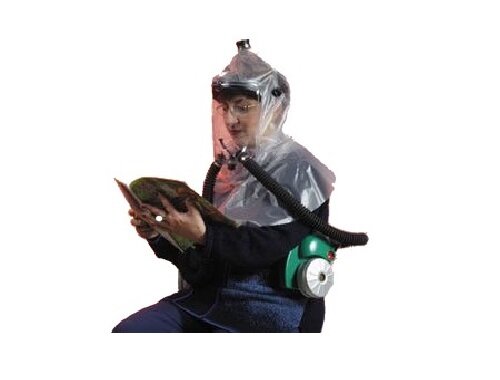- January 10, 2022
The History Behind the Invention of Gas Masks
An American patented the Morgan safety hood and smoke protector in 1914. Two years later, he made national news when his gas mask was used to rescue 32 men trapped during an explosion in an underground tunnel 250 feet beneath Lake Erie. The publicity led to the sale of the safety hood to firehouses across the United States. Some historians cite the Morgan design as the basis for early U.S. army gas masks used during WWI.
Early air filters include simple devices such as a soaked handkerchief held over the nose and mouth. Those devices evolved into various hoods worn over the head and soaked with protective chemicals. Goggles for the eyes and later filters drums were added. You can find out more about these gas masks hoods on gasmaskpro.com/gas-masks/civilian-adult-nbc-protective-hood-and-blower-system.

The British built a carbon monoxide respirator for use during WWI in 1915, before the first use of chemical gas weapons. It was then discovered that unexploded enemy shells gave off high enough levels of carbon monoxide to kill soldiers in the trenches, foxholes, and other contained environments. This is similar to the dangers of the exhaust from a car with its engine turned on in an enclosed garage.
Canadian Cluny Macpherson designed a fabric "smoke helmet" with a single exhaling tube that came with chemical sorbents to defeat the airborne chlorine used in the gas attacks. Macpherson's designs were used and modified by allied forces and are considered the first to be used to protect against chemical weapons.